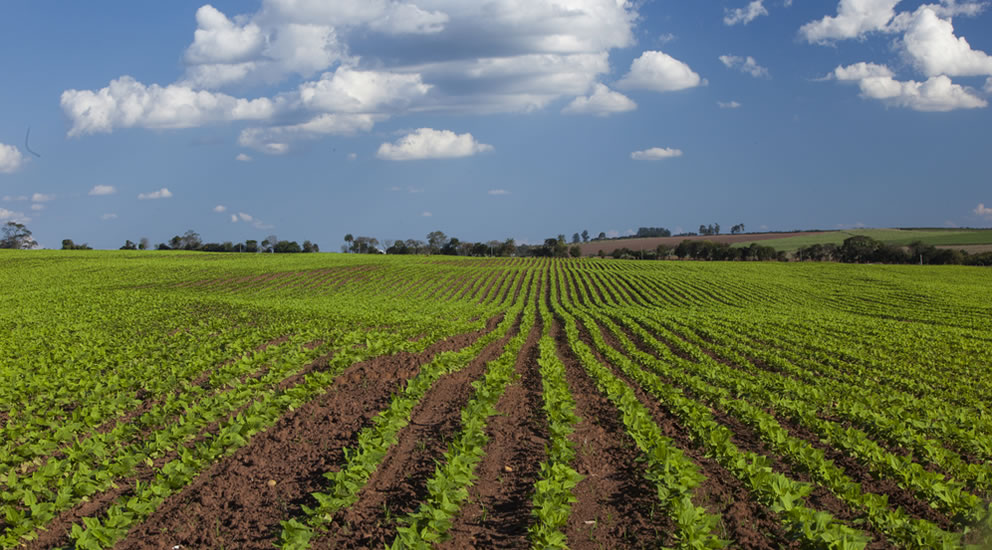
Peanut Production Farming
The peanut also known as the groundnut is a legume crop grown mainly for its edible seeds. It is widely grown in the tropics and subtropics, important to both small and large commercial producers. It is classified as both a grain legume and, due to its high oil content, an oil crop.
Atypically among legume crop plants, peanut pods develop underground rather than above ground. The peanut belongs to the botanical family called Fabaceae commonly known as the legume, bean, or pea family. Like most other legumes, peanuts store nitrogen-fixing bacteria in their roots. The capacity to fix nitrogen means peanuts require less nitrogencontaining fertilizer and improve soil fertility making them valuable in crop rotations.
The definition of a nut is a fruit whose ovary wall becomes hard at maturity. Using this criterion, the peanut is not a nut. However, peanuts are usually categorized as nuts for culinary purposes and in common English more generally. Peanuts are similar in taste and nutritional profile to tree nuts such as walnuts and almonds.
Peanuts were introduced to the US as a garden crop 1870’s. It was used as an animal feed until human consumption grew in the 1930s. Peanuts was used during this time on Depleted Cotton fields as a rotation crop. Peanut butter was developed in the 1890s in the United States. It became well known after the Beech-Nut company began selling peanut butter at the St Louis world fair in 1904.
